Goth Chick News – 13 Questions for Author F. J. Lennon
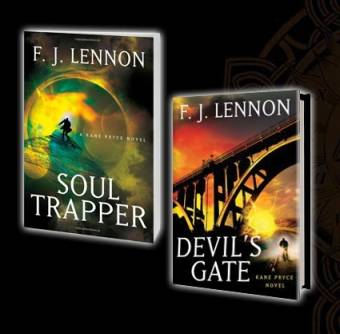 A while back, I developed a crush on bad-boy musician and ghost hunter, Kane Pryce.
A while back, I developed a crush on bad-boy musician and ghost hunter, Kane Pryce.
And without examining the psychology behind that statement too closely, let me clarify that technically speaking, my crush is actually focused on Kane’s creator and storyteller extraordinaire, Mr. F. J. Lennon, author of Soul Trapper and Devil’s Gate.
Normally the object of my obsessive stalking behavior that is part and parcel of the season simply becomes the center of a little shrine in the underground offices of Goth Chick News, where the blender generally sits. They remain blissfully unaware of their elevated state until sometime around mid-November when the shrine comes down, the blender goes back up and my attention returns to annoying former child stars who are trying to stay “former.”
A shrine to anyone located in any basement can be a little off-putting; which is why it doesn’t get discussed much.
So you can imagine (or maybe you shouldn’t) that I was as giddy as a Twilight fan at a flannel shirt sale when Mr. Lennon actually agreed to a little chat with me about his personal experiences which gave birth to such an intriguing and haunted character as Kane Pryce.
However, the creep-factor goes way beyond Mr. Lennon’s imagination and spills right over into reality, as you will soon see.
Mr. Lennon, meet everyone.
Everyone, meet author, game designer, and the paranormally tuned-in Mr. Lennon.
You’re about to find out what the attraction is…
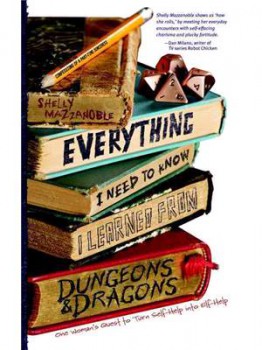 Everything I Need to Know I Learned From Dungeons & Dragons
Everything I Need to Know I Learned From Dungeons & Dragons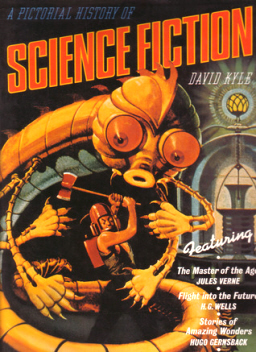
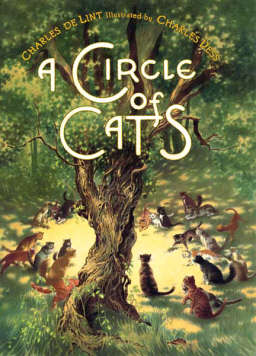
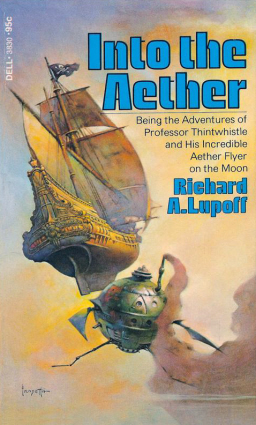

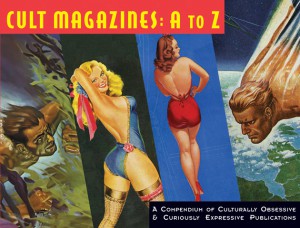

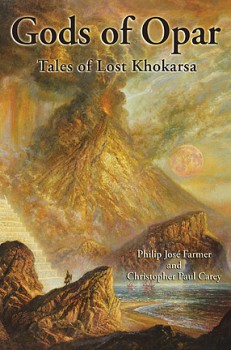 Gods of Opar: Tales of Lost Khokarsa
Gods of Opar: Tales of Lost Khokarsa